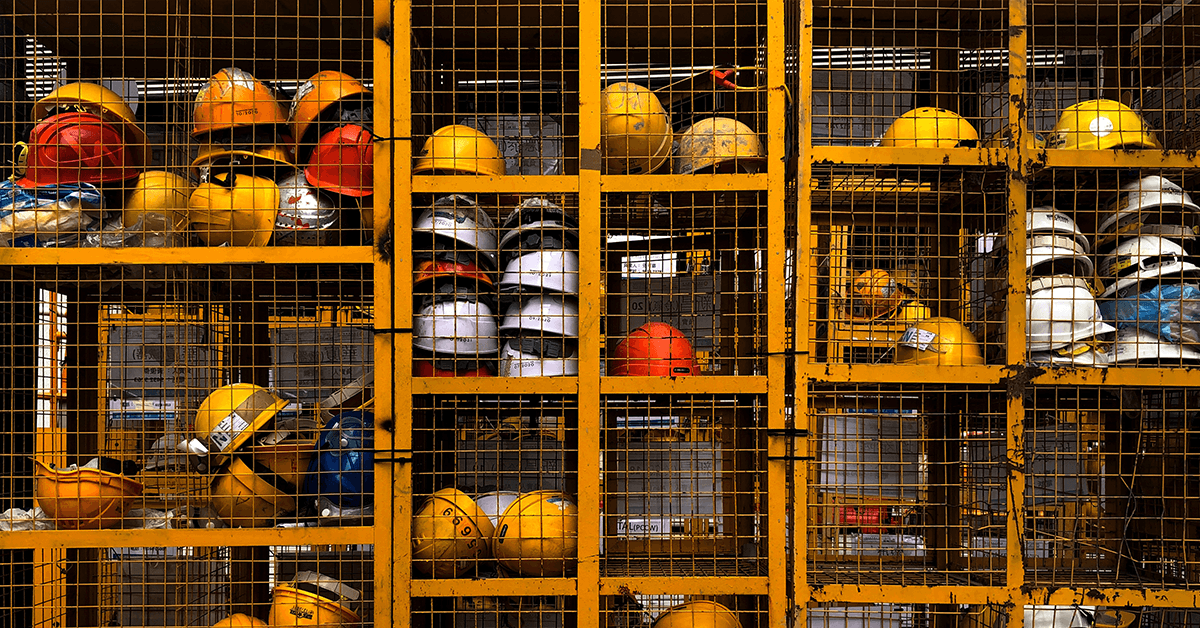OSHA: Is your field service company up to snuff?
By My Service Depot on Wednesday, December 19, 2018Which rules and regulations apply to your company? Find out how to create and cultivate a safe work environment.
As the owner of a service company, how do you react when you hear someone mention the Occupational Safety and Health Administration (OSHA)? You might feel like training your employees in all kinds of safety protocols represents a giant headache, but remember this; your employees’ lives and the livelihoods of their families hang in the balance whenever they encounter a potentially dangerous situation on the job. As their employer, you have the moral and legal responsibility to provide safety training and equipment to prevent as many accidents as possible.
Whether you operate a one-man company, have just begun to hire new employees, or have been in business for a while, you should familiarize yourself with OSHA standards and training guidelines. The following represent some of the most common practices that any field service technician encounters.
Personal Protective Equipment
First things first: do your field technicians wear safety gear? Think beyond the basics like a hard hat and a bright orange road vest. Personal protective equipment (PPE) takes many forms, including: gloves, eye protection, ear protection, heavy-duty boots, and respiratory masks.
OSHA legally obligates employers to provide this equipment to their employees, to train employees in the proper use of PPE, and to replace any PPE that becomes damaged or worn. The employee needs to follow through with protocols and inform the employer if any PPE does not fit correctly or needs replacement.
Not every service industry requires the same type of PPE. Employers bear the responsibility of determining the appropriate PPE for their employees. Know the hazards of your industry and err on the side of caution. Electrical engineers may not need respirators for most jobs, but it’s better to have them readily available than to send your employees into a dangerous environment unprotected.
Fall Prevention Training
Even though you can “fall” without needing to climb great heights (think about trip hazards or slippery footing, for example), OSHA focuses its fall prevention guidelines on guardrail systems and personal arrest systems (harnesses). This means your employees need fall prevention training for ladders, scaffolding, and roofs.
Some common guidelines for roof safety include wearing a properly-fitting harness that always stays connected to the catch system, setting up guardrails for any holes in the roof, and always inspecting safety equipment before use.
When it comes to using ladders, users need to always face the ladder, never stand on the top rung, always use at least one hand to hold onto the ladder, and never haul heavy loads up a ladder. Inspect the ladder for loose bolts or any other structural defect before using it.
Scaffolds higher than 10 feet require a personal arrest system and/or a guardrail system. OSHA specifies the required system(s) for different types of common scaffolding online or in publication 3150.
In short, fall prevention training focuses on the correct use of personal arrest and guardrail systems, as well as general guidelines for preventing falls in the first place.
Electrical Safety Training
Electrical safety training may seem like it only pertains to electricians, but all field service technicians need to know how to avoid potentially lethal electrical shocks.
Technicians should never perform electrical repairs or installations for clients unless they have received proper training, certification, and authorization. Refer clients to a qualified electrician when an electrical problem appears.
You must respect power lines at all times. OSHA recommends staying at least ten feet away from power lines when working around them, always assuming they carry deadly voltage, and never touching a fallen line even if it appears dead. Know the protocol to follow when a power line, whether alive or dead, falls across your vehicle.
Using power cords and electrical equipment also requires important safety considerations. Never overload a socket or use indoor extension cords in an outdoor setting. You should also never use electrical equipment while standing in water.
Supervising Difficulties
Managing a field service company presents some unique challenges. In short, you have to place exceptional trust in your employees to always follow the training you’ve provided. This holds true for so many aspects of the business, from customer service to workmanship. But safety protocols represent one area where your field service technicians might cut corners, especially when no one’s looking.
The lack of supervision makes it difficult to know whether your employees follow through with the OSHA safety training you’ve provided. You can remedy this by always reinforcing and demonstrating good safety habits when training or shadowing new employees, as well as by scheduling regular safety training sessions or refresher courses. Take safety violations seriously when you hear about them by thoroughly investigating the matter.
Make safety part of the very fabric of your company culture. It’s impossible to talk about safety too much, so remind your field technicians at the start of each and every day to stay safe on the job.


